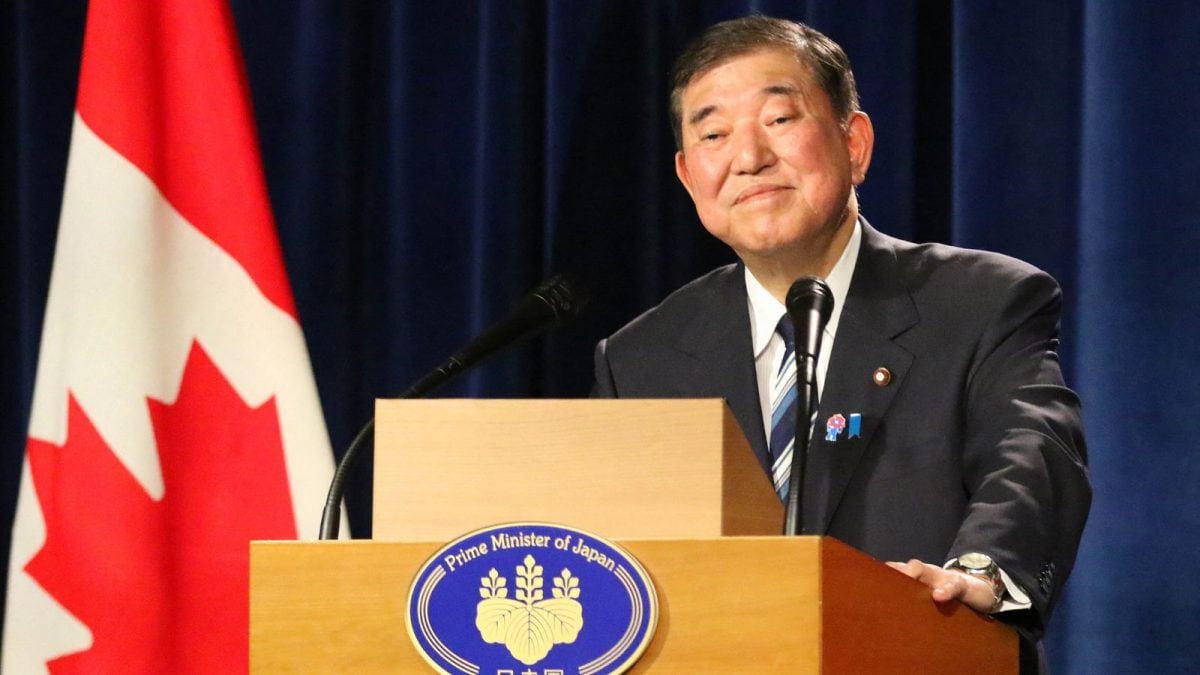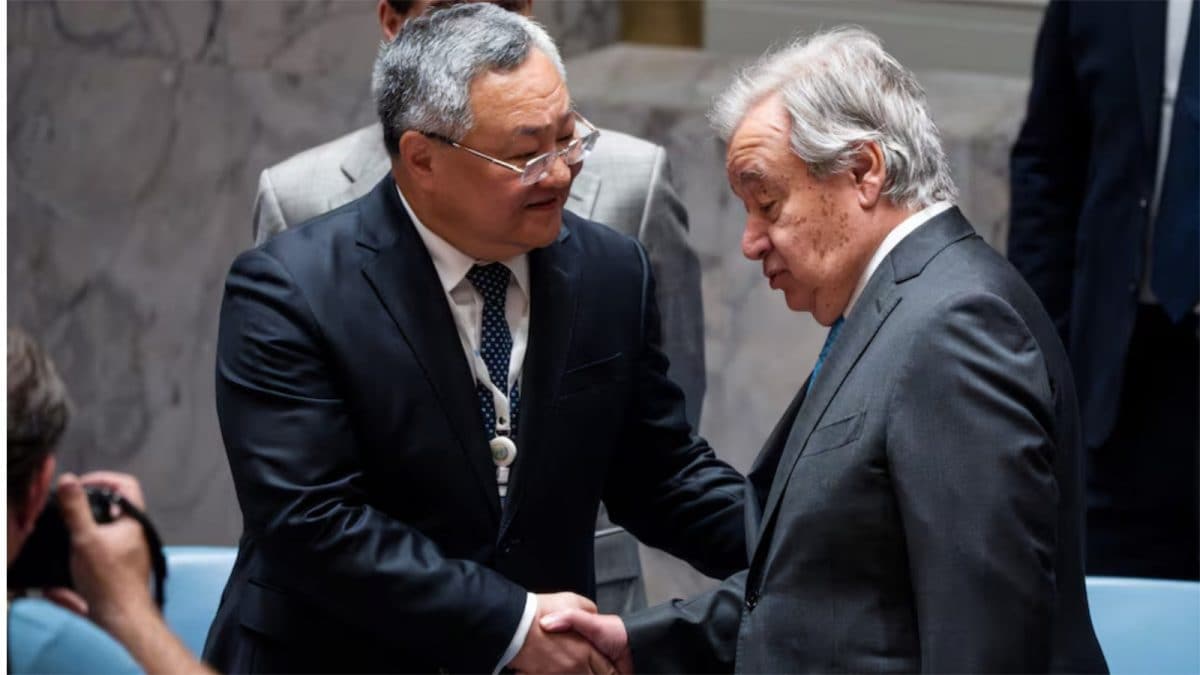ARTICLE AD BOX
Last Updated:July 02, 2025, 17:45 IST
China’s plan to select a new Dalai Lama, as seen in its earlier Panchen Lama power grab, is designed to erase Tibetan resistance spiritually and politically, said sources

The current Dalai Lama, Tenzin Gyatso, was identified as the reincarnation of his predecessor at the age of two. (File photo/PTI)
The Chinese Communist Party (CCP) aims to confuse the global public and delegitimise Dharamshala’s religious authority, top intelligence sources have told CNN-News18. Its ultimate goal is to demonstrate China’s soft power expansion in Buddhist-majority regions and across the world where Buddhist seats are present, they added.
The People’s Republic of China (PRC) is implementing a dual-front strategy in Tibet, involving systematic repression and cultural erasure in Lhasa, said the sources. “On one front, the CCP is transforming Lhasa into a surveillance-heavy, Han-dominated city. On the other front, it seeks total control over Tibetan spiritual succession, aiming to impose a Communist Party-approved successor to the 14th Dalai Lama. This includes China’s appointment of its own Panchen Lama, bypassing the legitimate selection made by the Dalai Lama," a source said.
Top intelligence sources reveal that the main tool for this strategy is ethnic engineering, with Han Chinese now forming a majority in Lhasa, sidelining indigenous Tibetans economically, culturally, and politically. Since 1959, over 6,000 monasteries have been destroyed, with remaining institutions monitored, rebuilt for tourism, or transformed into political tools. Possession of the Dalai Lama’s photos is a criminal offense, and monks are subjected to patriotic re-education, forced to praise the Communist Party in sermons. Lhasa operates under constant digital surveillance, featuring AI-enabled cameras, police informants, and PLA patrols, creating a climate of perpetual fear. The Tibetan language is nearly erased from urban education, while Mandarin dominates public life. Arbitrary detentions, secret prison camps, and psychological torture tactics are widely reported by exiles and NGOs.
Strategy of CCP-controlled succession
In 1995, the 14th Dalai Lama recognised Gedhun Choekyi Nyima as the 11th Panchen Lama, the second-highest figure in Tibetan Buddhism. Within days, the child and his family were abducted by Chinese authorities. Subsequently, China appointed Gyaltsen Norbu as its own Panchen Lama, a CCP-aligned figure. This sets a precedent for Beijing’s likely imposition of a 15th Dalai Lama. Under the 2007 State Religious Affairs Regulation No. 5, all reincarnations of Tibetan lamas must receive state approval, legally codifying spiritual control. Religious reincarnation is treated as a national security issue, tightly managed by the United Front Work Department and Ministry of State Security. China’s goal is to announce a Communist Party-approved 15th Dalai Lama. Monasteries loyal to Beijing are being groomed to endorse the CCP’s candidate after the 14th Dalai Lama’s death. The strategy includes soft influence campaigns in Nepal, Bhutan, Mongolia, and northern India to promote China’s chosen figure globally. By controlling reincarnation narratives, Beijing seeks to fracture Tibetan Buddhism from within.
Implications of Chinese-controlled succession for India
According to sources, China’s plan to select a new Dalai Lama, as seen in its earlier Panchen Lama power grab, is designed to erase Tibetan resistance spiritually and politically. The CCP’s ultimate aim is to turn Tibetan Buddhism into a state tool to influence geopolitics in the Himalayas, which will have spillover effects on Indian territories like Ladakh, Sikkim, and Arunachal Pradesh, said sources. Allowing Beijing to control this succession would end the Tibetan exile movement’s legitimacy, they added.
Group Editor, Investigations & Security Affairs, Network18
Group Editor, Investigations & Security Affairs, Network18
- Location :
- First Published:
News world Decoding China's Ethnic Engineering In Lhasa, Strategy To Control Dalai Lama Succession | Exclusive



.png)
.png)
.png)
















 14 hours ago
4
14 hours ago
4










 English (US) ·
English (US) ·